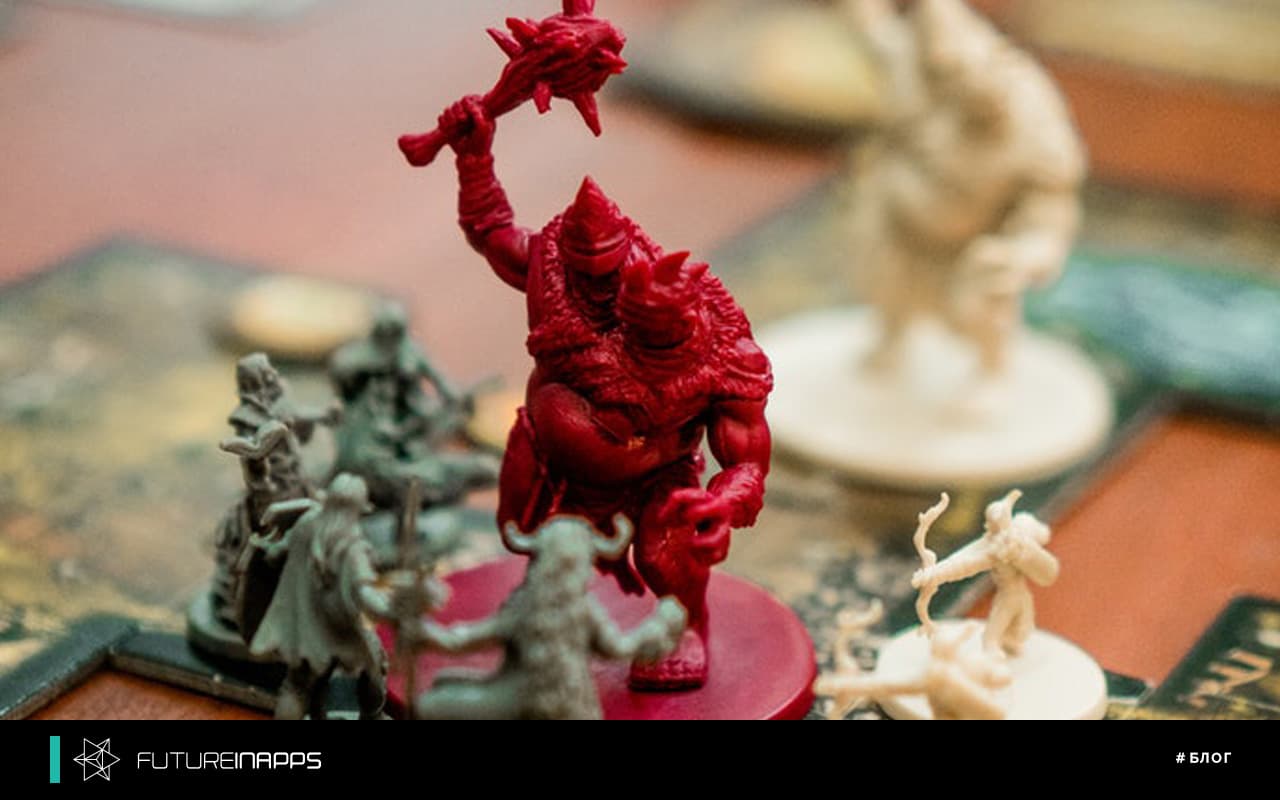What influences the CPC (cost per click) in Google Adwords, and therefore, also the price of contextual advertising and its settings?
Let's see!
When it comes to the highly competitive world of Google ads, finding ways to lower the cost per click (CPC) for your campaign keywords is a vital step in becoming competitive and ultimately succeed in contextual advertising.
How can I reduce the cost of a click?
Bid reduction is the primary way to lower your average cost per click on your Google ad campaign. By lowering your bids, you give Google a lower maximum CPC.
If your campaign takes a good position in issuing, but is currently limited by the budget, you can afford to lower your bids, because lower bids mean a lower average CPC. Despite the fact that the position also drops slightly, the number of clicks will not decrease.
Recently, Google has the possibility of machine learning and automatic rates. Google handles everything from monitoring rates to adjustments!
However, if you want to fully control what is happening, you will have to switch to manual bid management. This will allow you to focus on the keywords that work, and then set appropriate bids for them.
Remember that you can also lower bids on certain keywords while maintaining a high position in the search results. This is because the rates are periodically reduced (competitors are gone, out of season and other circumstances).
That is why it is so important not only to set up advertising campaigns correctly, but also to lead them.
New keywords will also help reduce the cost of a click. How it works?
Suppose you run Google contextual advertising for a flower shop(see case of contextual advertising for Yandex), but faced stiff competition. Since you are a start-up business, you cannot afford a huge budget in Google Ads. Here you can benefit from conducting additional keyword research. Use words and phrases that your competitors do not have. The more words you type for your campaign, the greater the likelihood of low CPC on some of them.
Free life hacking: If you want to find low-bid keywords, use Google keyword planner to filter your bid phrases. Among the "cheap" keywords you can find relevant to your advertising campaign and save the budget!
Long tail keywords are another budget variant of semantics for an advertising campaign. If you advertise in a highly competitive industry, the cost per click for your campaign can be very expensive.
In this case, to avoid using expensive keywords, you could do some research and try to find long key phrases that are rarely recruited but have the ability to hit the target 100%.
Long tail keywords tend to have higher quality scores, and a better quality score is the most effective way to lower the average cost per click.
Remember that Google calculates ad rank by multiplying the maximum CPC by the quality score. Therefore, a keyword with a long tail and a higher quality score will be more cost-effective for your campaign and will help lower your total cost per click.
Just a caveat: if you include keywords with a long tail, make sure they have enough search volume, because even if they have quality indicators of 10 out of 10, they will not benefit the campaign.
